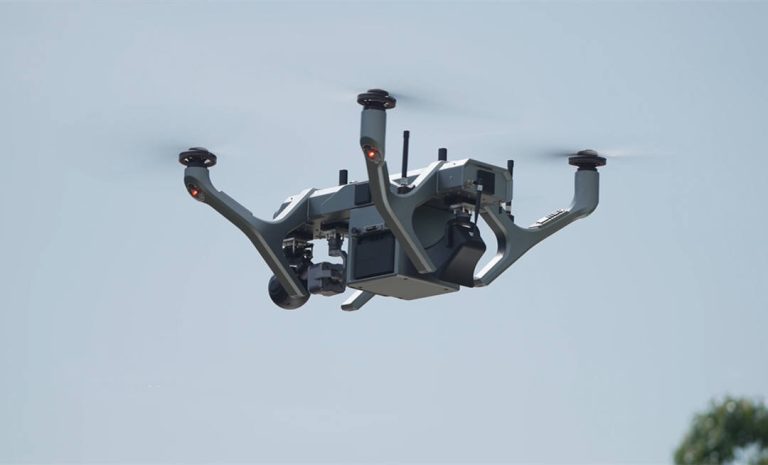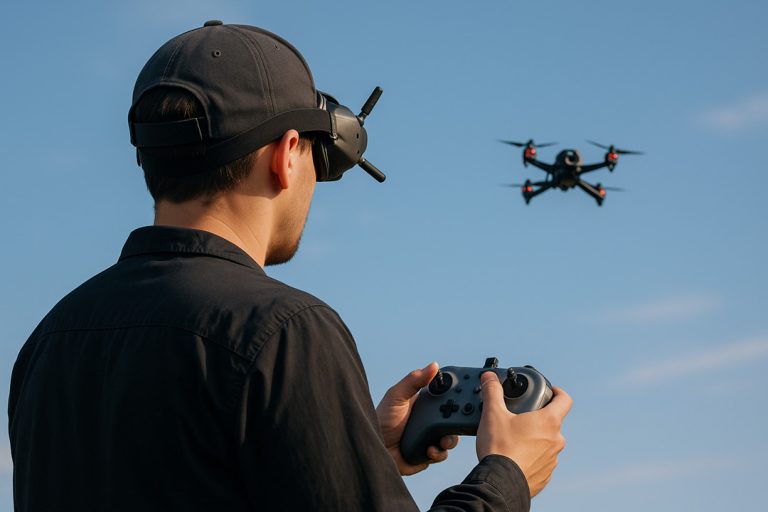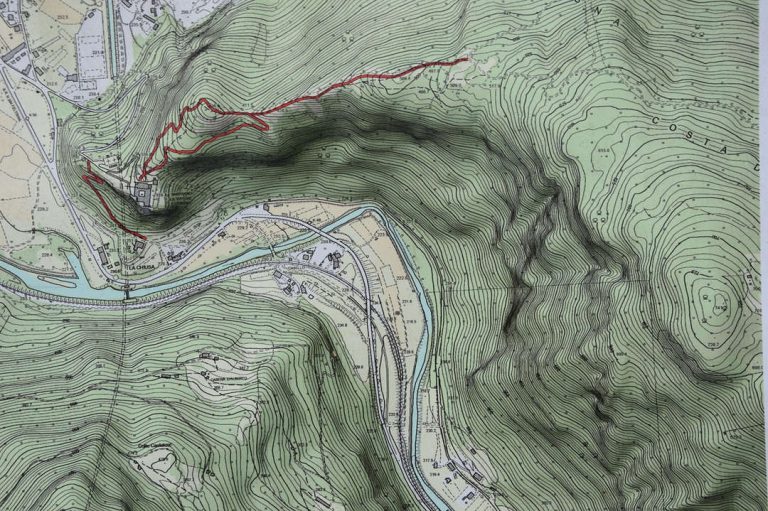Drone Pros and Cons: Explained with Real Data
Drones, or unmanned aerial vehicles (UAVs), are small, remote-controlled aircraft used for everything from surveying land to delivering packages and providing critical data.
According to the AP analysis, drones saved over 1,000+ lives globally in disaster response as of July 2023… yet caused 112 of 240 near-misses with aircraft over the past decade.
This isn’t just irony—it’s the double-edged sword of drone technology.
In this article, we dissect the benefits drones bring across different industries, expose the hidden risks that regulators often overlook, and reveal which limitations technology will—or won’t—solve.
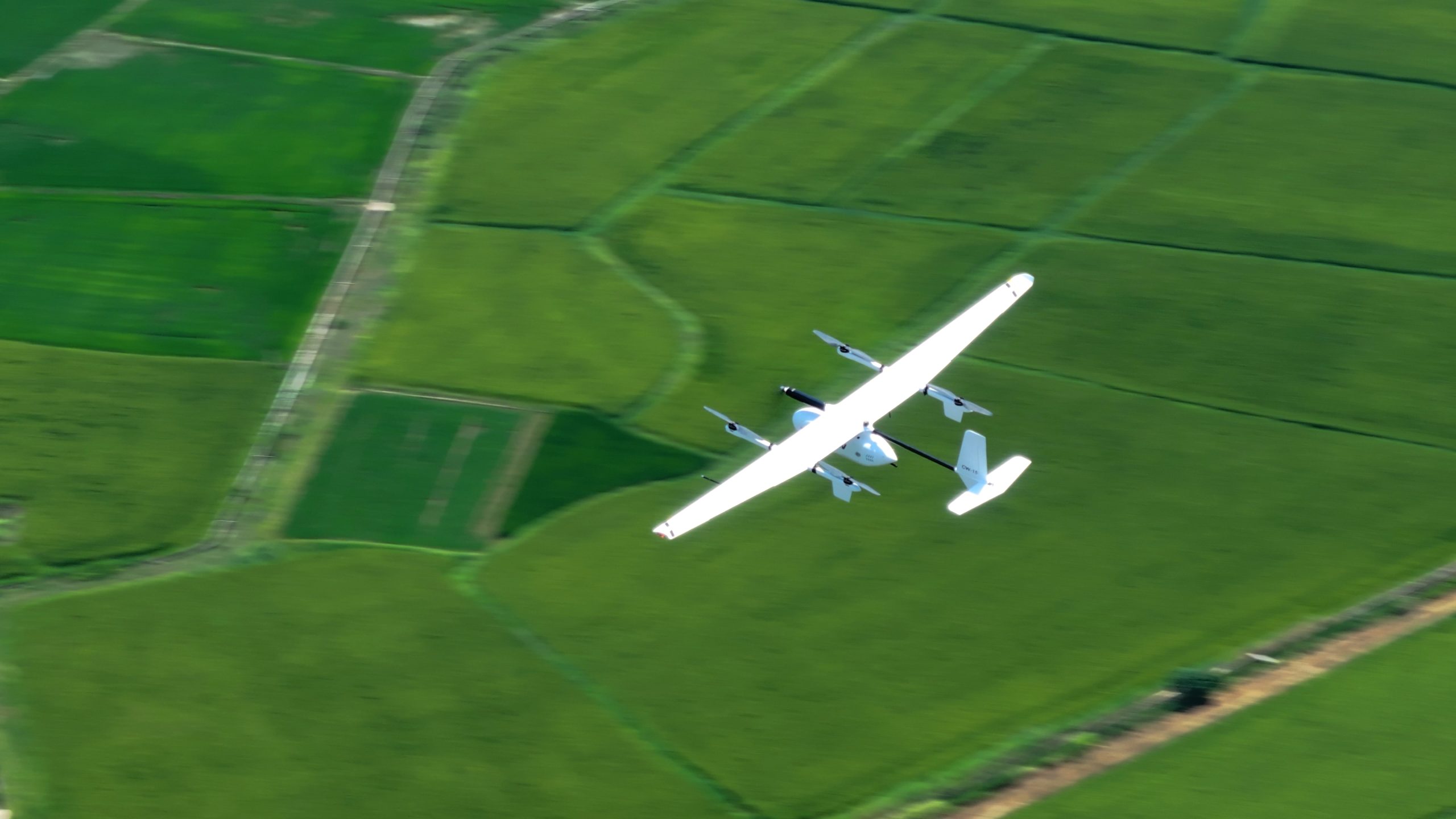
The 11 Key Advantages of Drones
Drones have come a long way from being seen as just cool flying gadgets. Today, they’re powerful tools changing the way we build, inspect, monitor, and respond. Whether it’s flying over a farm, a construction site, or a disaster zone, drones are helping people work faster, safer, and smarter.
1. Saving Time and Money
One of the biggest reasons industries are turning to drones? They’re simply more cost-effective. Drones cut down on labor, equipment, and time, often delivering results at a fraction of the cost of traditional methods.
Take construction surveying as an example. A drone can cover 120 acres in just an hour—compared to only 5 acres by hand. If you're surveying multiple sites several times a year, the savings quickly add up. One company reduced its annual costs from $120,000 to just $6,000 by switching to drone-based surveys.
And it's not just construction. In infrastructure inspection, drones can accomplish the task for approximately one-fourth the cost of manual methods. Frequent surveys that used to be too expensive are now doable—giving teams the up-to-date information they need to make smart decisions, fast.
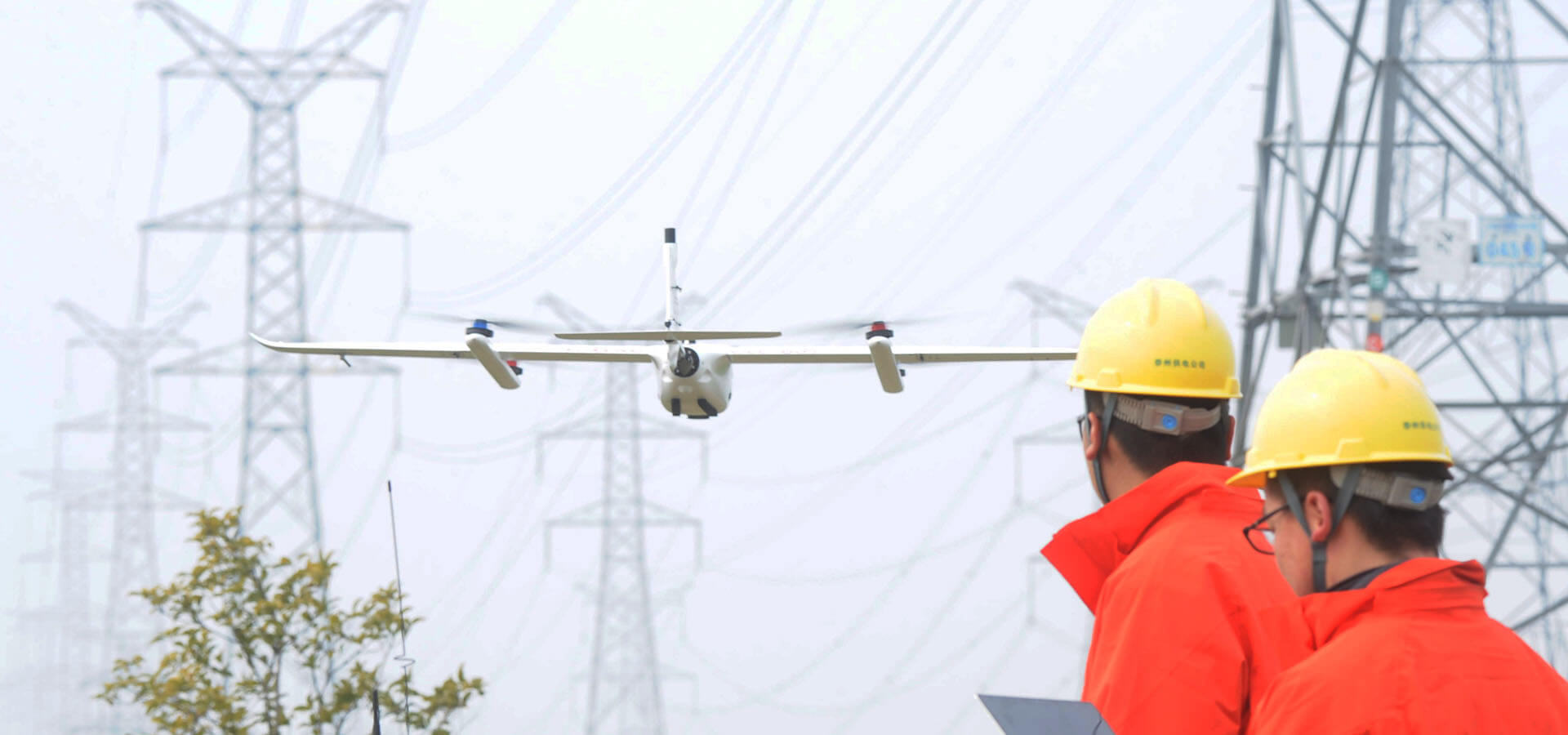
2. Pinpoint Accuracy
Drones aren't just fast—they're precise. Thanks to advanced GPS (like RTK and PPK), LiDAR, and high-resolution imaging, drones can map and measure with accuracy down to the centimeter.
In farming, for instance, drones equipped with multispectral and thermal cameras can spot early signs of plant stress or disease. That helps farmers act early, boost yields, and use fewer chemicals.
In construction, drones create ultra-accurate 2D maps and 3D models, making it easier to plan projects and avoid mistakes. This level of precision helps reduce waste, lower costs, and even cut down on environmental impact.

3. Keeping People Safe
Some jobs are just too dangerous for humans—but perfect for drones.
Instead of sending workers onto unstable rooftops or climbing high-voltage power lines, drones do the risky work from a safe distance. Equipped with thermal sensors, they can detect overheating components in electrical systems or damage after a storm—all without putting anyone in harm’s way.
After severe flooding in Yunnan, China, drones helped China Southern Power Grid assess 77 kilometers of damaged infrastructure. In just one flight, they captured over 2,000 aerial images and created a high-res map that guided on-the-ground repair teams—safely and efficiently.
Drones also provide live feeds for police during high-risk incidents, helping reduce confrontation and keeping officers out of danger.
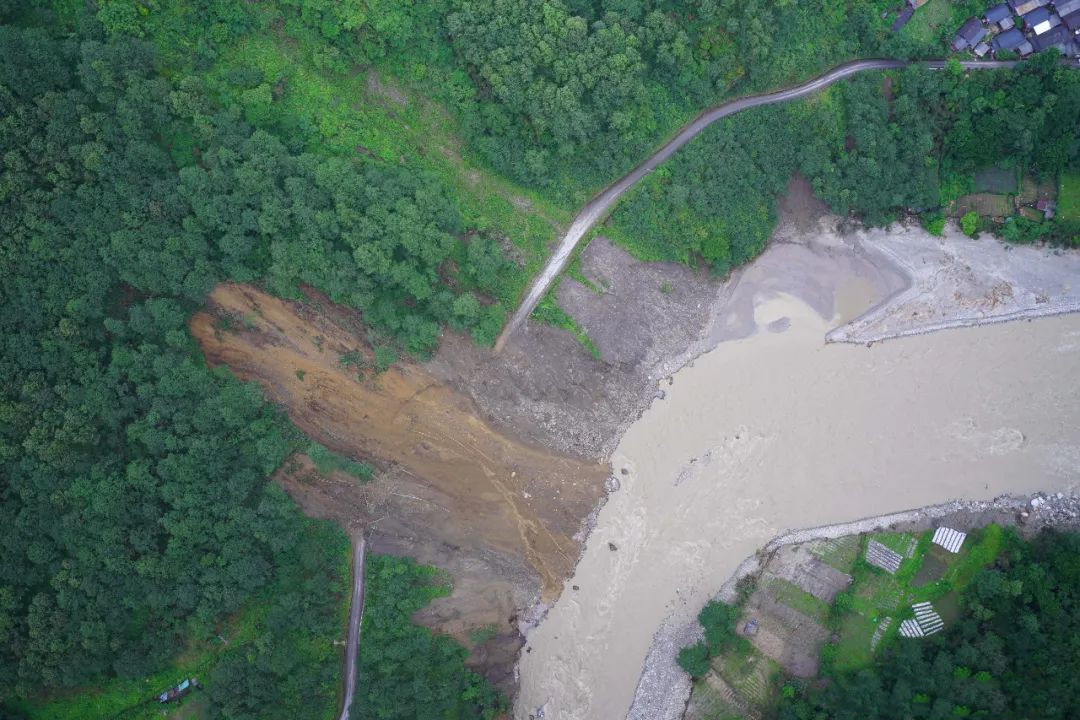
4. Reaching the Unreachable
Mountains, forests, disaster zones—drones can go where people and vehicles can’t.
They’re especially valuable in search and rescue missions. Whether it’s a missing hiker in the mountains of Xinjiang or inspecting powerlines through rough karst terrain, drones reach places ground crews can't—quickly and safely.
They’re also ideal for inspecting wind turbines, oil rigs, tall buildings, and bridges. In conservation work, drones help monitor rainforests and spot illegal logging in remote national parks.
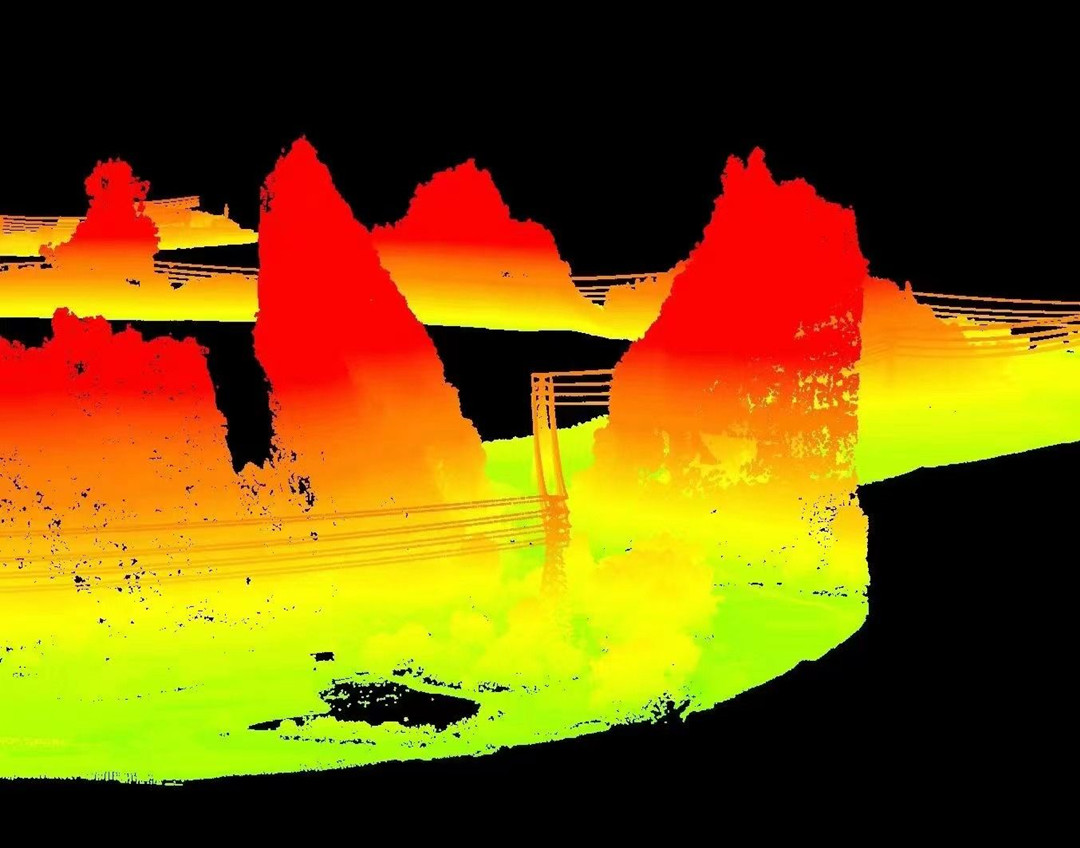
5. Getting the Job Done Faster
If you’re looking to save time, drones deliver in a big way. They cover large areas fast and can send back real-time data, helping teams act quickly.
After Hurricane Harvey, for example, drones helped assess damage to three houses in just an hour—a task that would normally take an entire day.
In construction, what used to take days or weeks can now be done in a single afternoon. One drone model, the JOUAV CW-30E, cruises at 90 km/h, helping complete large-scale surveys in record time.
Fast, accurate data means faster decisions, quicker project turnarounds, and better outcomes.
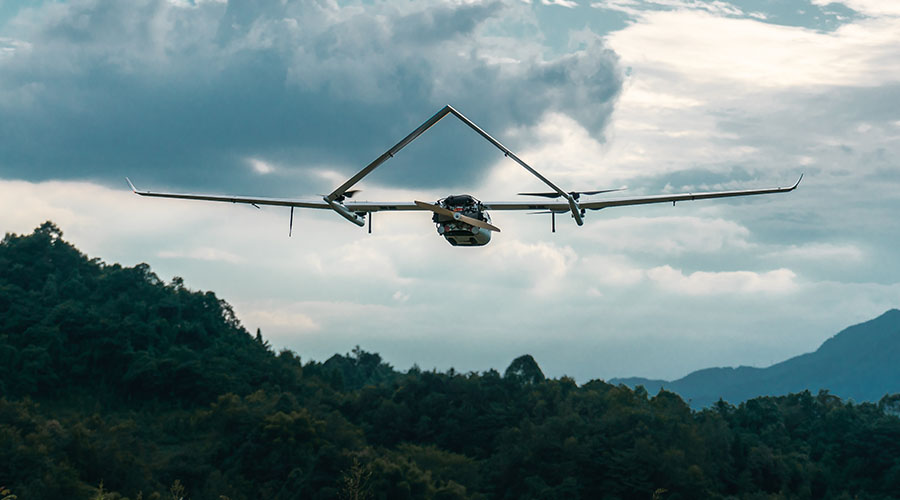
6. Better Data, Better Decisions
Drones give you more than just pretty pictures. With cameras, LiDAR, thermal sensors, and AI onboard, they collect high-quality data that leads to better decisions.
In agriculture, drones help spot exactly where crops need water or fertilizer—reducing chemical use and increasing yields. Beijing Anzhou Technology used drones with hyperspectral cameras to scan winter wheat across 3 square kilometers in just one hour—24 times faster than doing it manually.
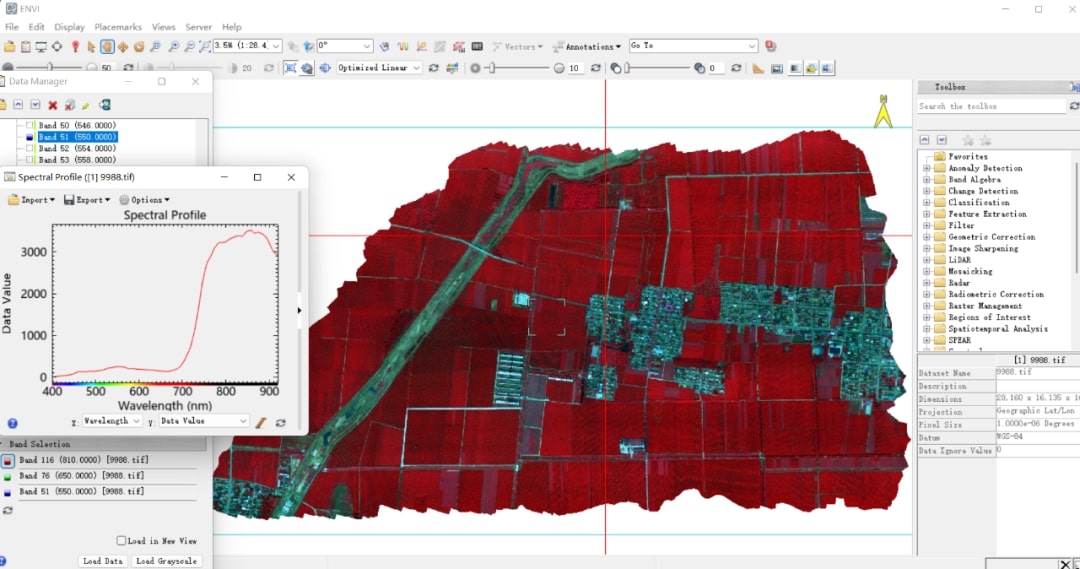
In construction, they create detailed 3D models that help track progress and spot issues early. In environmental work, drones help monitor pollution, track wildlife, and even protect endangered species.
More data, more often, means you can shift from reactive to predictive management—solving problems before they get serious.
7. Ready for Anything
Drones are like flying Swiss Army knives—highly adaptable and packed with tools.
Need to inspect a powerline? Track a suspect? Spray a field? Monitor wildlife? Drones can handle it all with the right camera or sensor.
In public safety, they’re used for firefighting, law enforcement, coastal patrol, and disaster response. In environmental conservation, drones track illegal logging, monitor air quality, and even spot animals in the dark.
Because one drone can do so many things, they’re a smart long-term investment—saving money while staying flexible to evolving needs.
8. Quick to Launch, Easy to Redirect
In fast-changing situations, time is everything—and drones shine here too.
They’re easy to launch (some in just 3 minutes), don’t need a runway, and can be redirected mid-flight. Whether it’s a search and rescue mission or breaking news coverage, drones can be in the air and collecting data almost instantly.
Drones like JOUAV CW Series VTOL drones can be launched quickly from a variety of locations—including remote bases, confined spaces, and even moving ships and cars—making them ideal for rapid deployment in diverse environments such as mountains, coastlines, or disaster zones. This kind of flexibility gives emergency responders, surveyors, and inspectors the ability to act fast, no matter the terrain.
After a major storm or earthquake, drones are often the first on scene, helping emergency responders see what’s happening before it’s safe to go in.
That kind of agility turns drones into real-time decision-making tools during critical moments.
9. Smaller Footprint, Greener Planet
Compared to helicopters, trucks, or manned aircraft, drones have a much smaller environmental footprint.
They burn less fuel, create less noise, and don’t disturb wildlife or ecosystems the way larger vehicles do. In agriculture, they help apply fertilizers and pesticides precisely—reducing chemical use and runoff.
In energy, they inspect wind turbines and solar farms without needing diesel-powered maintenance crews. And in conservation, they quietly monitor forests and coastlines without leaving a trace.
By enabling smarter, more targeted operations, drones help reduce waste and support sustainability goals.
10. Around-the-Clock Coverage
With automated stations and smart software, drones can now operate 24/7.
In Guangxi, China, five docking stations and two drones take turns patrolling over 15,000 square kilometers of power grid. One drone charges while the other flies—ensuring constant monitoring and catching 132 critical defects that human inspections would’ve missed.
In Pengzhou, seven drone hangars were deployed in hilly terrain to watch rivers and forests around the clock. The result? An 80% faster response to emergencies like landslides or floods.
By keeping a constant eye on critical assets, drones help detect problems early and prevent disasters before they start.
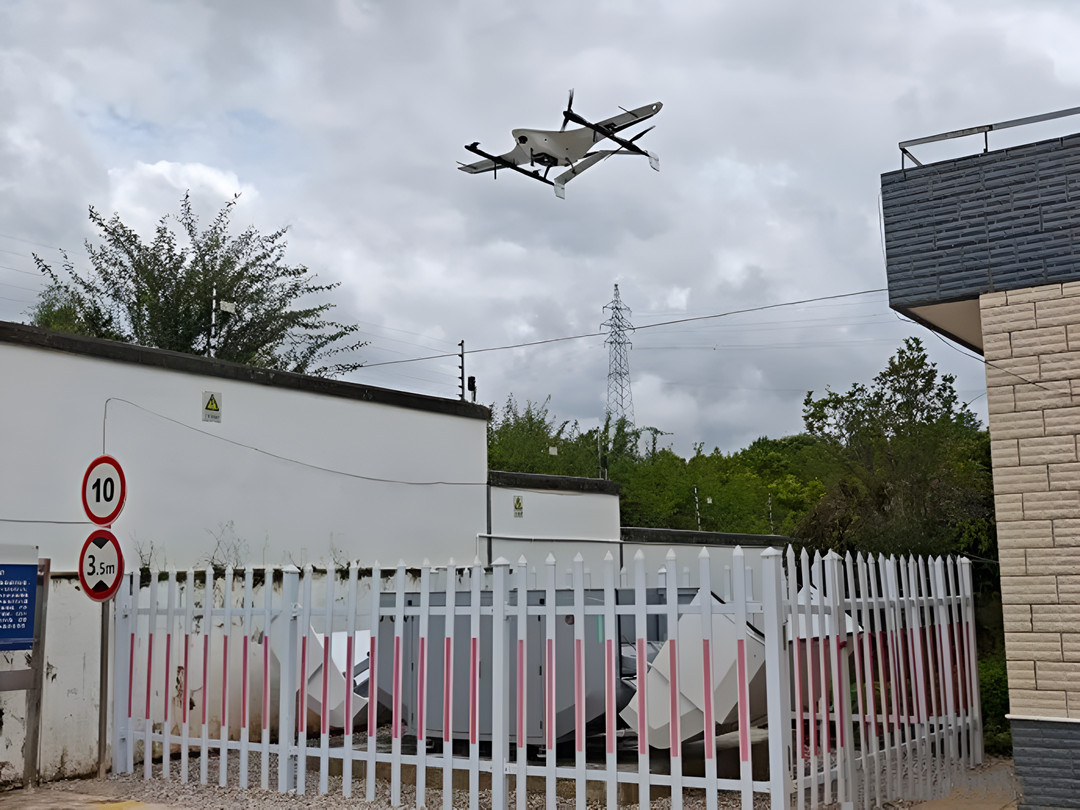
11. Smarter Monitoring & Surveillance
Drones give you a bird’s-eye view—and then some.
From high above, they use HD cameras, thermal sensors, and AI to detect threats, track movement, and monitor large areas. Whether it's a traffic jam, a border crossing, or a poacher in the forest, drones provide live updates in all conditions—day or night.
They’re game-changers in public safety, helping law enforcement catch criminals, manage crowds, and guard event perimeters. In environmental work, they protect endangered animals and track forest health. On coastlines, they help police spot smugglers and intercept illegal activities.
Drones don’t just collect data—they turn it into action. And often, their very presence acts as a deterrent.
The 12 Hidden Downsides & Risks
But like any fast-moving technology, drones come with a darker side—one that’s easy to overlook. From privacy concerns to airspace issues, and from wildlife disruption to cyber threats, the risks are growing as drones become more widespread and powerful.
1. Privacy Invasion: When Eyes in the Sky See Too Much
Drones can do amazing things with their cameras—track crop health, scan buildings, and even help find missing people. But those same high-tech sensors, especially thermal and radar-based imaging systems, can also peer into places we once considered private.
Some drones today can “see” through walls or detect body heat—capabilities that were once limited to military or law enforcement. While these tools can be useful, they also raise serious questions: What happens when someone uses them without consent?
Legal systems are still catching up. For instance, the U.S. Supreme Court ruled in Kyllo v. United States that using thermal imaging on a private home without a warrant is unconstitutional. But drones open up new legal gray areas—especially when flying over neighborhoods or gathering data at a distance.
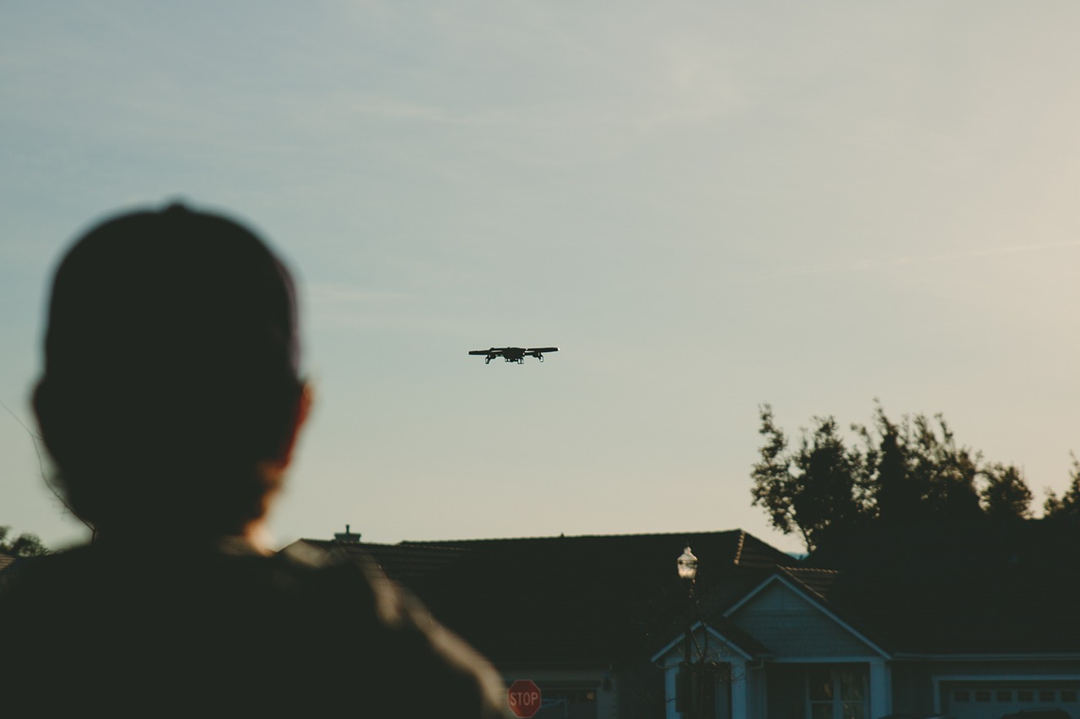
2. Cybersecurity Weak Spots
As drones become more connected—especially those that stream data or use cloud-based systems—they become targets for hackers. Security researchers have already demonstrated that drones can be hijacked through WiFi spoofing, GPS jamming, or remote access vulnerabilities.
In some cases, a compromised drone can even serve as an entry point to broader networks—putting entire systems, businesses, or public infrastructure at risk. The FAA has warned that many drones ship with weak security settings by default, making them easy targets.
If not properly secured, drones can turn from helpful tools into flying cybersecurity liabilities.
3. Ethical Concerns in Warfare
Autonomous drones—especially in military use—have sparked a global debate. We're now seeing drones that can loiter, identify a target, and even strike without direct human oversight. These “kamikaze drones,” like those seen in Ukraine, raise huge ethical questions.
Who’s responsible if a drone makes a mistake? Can a machine really follow humanitarian law? Without human judgment in the loop, there's a growing risk of unintended harm, civilian casualties, or violations of international rules of war.
That’s why global organizations like the UN are calling for stricter controls on autonomous weapons before things go too far.
4. Risk to Critical Infrastructure
Drones might seem small, but their potential to disrupt essential services is significant.
In just nine months, Con Edison reported over 10,000 drone-related alerts near power plants and other facilities—many in restricted airspace. Some incidents were innocent; others were not.
What’s worrying is that drones can carry payloads—whether cameras, chemical agents, or explosives. A drone crashing into a telecom tower or power station, whether by accident or sabotage, could have serious consequences for entire communities.
5. Outdated Laws and Loopholes
The speed of drone innovation has left regulators struggling to keep up. While efforts like the FAA’s Remote ID rules aim to improve accountability, many drones still fly without proper identification—or in places they shouldn't.
This regulatory lag means that when something goes wrong, it's often unclear who's responsible. Was it pilot error? Was the drone even registered? Without clear rules and enforcement, both drone operators and the public face uncertainty and risk.
6. Crowded Skies = Dangerous Skies
Airspace is already busy—and drones are adding to the chaos.
The FAA reports over 100 drone sightings near airports every month, with drones involved in nearly two-thirds of all near-collision incidents at major U.S. airports. These close calls usually happen during takeoff or landing—the most vulnerable times for manned aircraft.
The lack of universal transponders or coordinated tracking systems makes it difficult to manage drone traffic—and increases the odds of something going very wrong.
7. That Buzzing Sound Isn’t Just Annoying
While a single drone might be barely noticeable, the noise from dozens—especially in delivery fleets or city surveillance—can be hard to ignore. The high-pitched buzzing has sparked complaints in cities and suburbs alike.
Public backlash has already slowed drone delivery rollouts in some areas, with residents citing noise as a major concern. In response, regulatory bodies like the EU are starting to explore new rules around noise levels and operating hours.
- Read More: Quietest Drone With Camera in 2025
8. Battery Life Limits What Drones Can Do
Most drones can only stay in the air for 20 to 60 minutes before needing a recharge or battery swap. For large-scale operations, that’s a serious limitation.
Battery life drops even further in cold weather, strong winds, or when drones carry heavy payloads. For industries like agriculture, infrastructure, or emergency response, this means more downtime, higher costs, and operational headaches.
Until battery technology improves significantly, drone efficiency will always have limits.
9. Bad Weather? Bad News for Drones
Drones aren’t great in the rain. Or snow. Or high winds. Or extreme heat.
Because they're sensitive to environmental conditions, drone missions often get delayed or canceled when the weather acts up. And if you're counting on drones for disaster response, unpredictable weather can compromise their usefulness when you need them most.
- Read More: Can You Fly a Drone in the Rain?

10. Impact on Wildlife
While drones are useful for tracking wildlife or studying ecosystems, they can also disturb the animals they're trying to help.
The sound and presence of drones can stress animals, interrupt breeding, or even cause them to abandon their habitats—especially in sensitive environments. Birds have been known to attack drones mid-air, and repeated flyovers can disrupt natural behaviors.
Operators must be mindful of where, when, and how they fly—especially in conservation zones or protected areas.
11. Deepfakes from the Sky
Drones make it easier than ever to capture aerial footage—but that footage can now be faked using AI. As deepfake technology advances, it’s becoming harder to trust what you see—even from real drone video.
Manipulated drone footage could be used to spread misinformation, stage propaganda, or mislead the public—especially during elections, protests, or conflicts.
This raises serious challenges for journalists, governments, and citizens alike: how do we verify what’s real and what’s not?
12. Insurance and Legal Headaches
The legal world hasn’t caught up to drones either—especially when it comes to liability.
If a drone crashes, causes damage, or gets hacked, who’s responsible? The pilot? The software developer? The manufacturer? In many cases, it's not clear—and that’s a big problem for insurers and businesses trying to use drones at scale.
Unclear rules make it harder to file claims, get compensation, or even defend against lawsuits—slowing down adoption and increasing risk for everyone involved.
FAQ
What Are the Pros and Cons of Military Drones?
Pros:
Military drones have changed the game when it comes to modern warfare. They let armies gather real-time intelligence from above without risking a single soldier. Whether it’s patrolling borders, tracking enemy movements, or conducting precision strikes, drones give militaries powerful eyes in the sky.
They’re also cost-effective—cheaper to operate than fighter jets—and can stay airborne for hours, sometimes even days, making them perfect for long surveillance missions.
Perhaps most importantly, they reduce human risk. Drones can fly into dangerous zones, locate threats, and even neutralize targets without putting a pilot in harm’s way.
Cons:
But drones in the military aren’t without controversy. Strikes have raised ethical and legal questions, especially when civilians are harmed. There’s also concern about accountability—who's responsible when a drone makes a mistake?
Technology-wise, they’re not invincible. Drones rely heavily on GPS and communication systems, which can be jammed or hacked. And while they’re good at specific tasks, they can’t fully replace the versatility of manned aircraft in complex missions.
Finally, there's the psychological toll—both on remote operators and on civilians living under constant drone surveillance. The ease of drone warfare could also make governments more likely to use force.
What Are the Pros and Cons of Drones in Agriculture?
Pros:
Farming has gone high-tech—and drones are right at the center of this transformation. With the help of sensors and cameras, agricultural drones can scan huge fields in minutes, spotting signs of crop stress, pests, or disease that the human eye might miss.
They make precision farming possible—applying water, fertilizer, or pesticides exactly where they're needed, saving time, cutting costs, and improving yields. They also help farmers create detailed maps of their land to optimize planting and irrigation strategies.
Cons:
However, not every farmer can jump in right away. High-quality drones and the software needed to analyze the data don’t come cheap. And using them effectively takes training—not just in flying, but in interpreting the data.
The weather is another limiting factor. Heavy winds, rain, or fog can keep drones grounded. Plus, battery life limits flight time, which is a challenge for large farms.
And then there’s data privacy. With so much sensitive information being collected from fields, questions about who owns that data—and how it might be used—are still being worked out.
What Are the Pros and Cons of Drone Delivery?
Pros:
Imagine ordering medicine, groceries, or takeout—and having it delivered by drone in under 30 minutes. That’s the promise of drone delivery. It’s fast, efficient, and perfect for reaching places where roads are rough or traffic is a nightmare.
Drones can help cut delivery costs, reduce vehicle emissions, and offer a contactless solution for health-conscious times. In remote or disaster-hit areas, drones can even deliver life-saving supplies when nothing else can get through.
Cons:
But there are still plenty of hurdles. Most drones can only carry small, lightweight packages, and their flight range is limited. That makes them better for short, simple trips—not bulk orders.
Airspace regulations are also a major challenge. Flying drones over cities means navigating strict rules, avoiding other aircraft, and respecting people’s privacy.
Then there's the issue of safety and reliability. What happens if a drone malfunctions mid-flight? Or if someone tries to intercept it? Weather also plays a big role—strong winds or rain can ground delivery fleets instantly.



